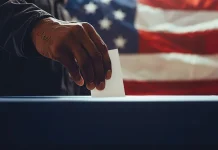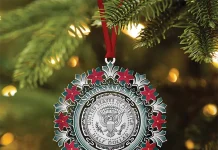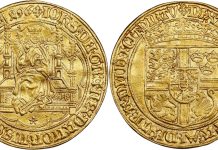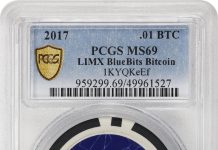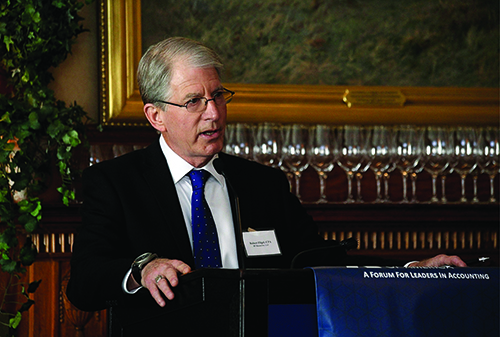
By Robert Fligel
As a long-time coin collector, investor and, most recently, a dealer, I would like to share my story. There is no teacher better than experience.
I am a former practicing Certified Public Accountant (CPA) and entrepreneur who has been enamored of coin collecting since my youth. I have had an intense fascination with rare coins and precious metals, in particular, gold and silver bullion, since the mid-1980s.
Let’s turn back the hands of time to flash back to 2005.
Intrigued By Bullion
I had been referred to a coin dealer by a friend and began purchasing small amounts of silver and gold bullion. I had never been a purchaser of generic gold coins such as common date Saint-Gaudens double eagles and nothing at all in the category of rare coins. But I became intrigued by the beauty of the Saint-Gaudens and Liberty Head $20s.
What could go wrong? Each double eagle contains almost an ounce of gold and is a piece of history. But, most significantly, the percentage cost over the gold content of each of those coins was nominal back in 2005. Grasping this concept made me a self-proclaimed financial and safe haven investment genius.
Not so fast, Mister Former CPA.
After several months of sporadic acquisitions, I began to get suspicious based on the increasing frequency of suggested purchases, higher-priced items and, most disconcerting, coins that, even to my untrained eye, seemed unnaturally shiny and bright.
Time For a Second Opinion
A simple Google search for an expert in U.S. gold (“US GOLD EXPERT” was the phrase I used) brought me to the entity listed first on the search engine: Scott Travers. So I clicked and learned about him and his illustrious and profusely illustrated books. It was my lucky day in that Scott returned my telephone message promptly. A short call was followed by an in-person office meeting which, after just a few minutes, revealed my first big lesson in acquiring numismatic material. I was the not-so-proud owner of uncertified cleaned, doctored, and overpriced gold coins.
By shining a bright light on the coins, I could easily see the crisscrossing parallel striations that are obvious evidence of abrasive cleaning.
And by shining a bright light on a wholesale price guide, it was obvious that I significantly overpaid for those unsightly but bright coins.
Positive Two-Pronged Conclusion
1. I got my money back, as I had a repurchase guarantee from the selling dealer. The dealer that sold me those cleaned, doctored, and overpriced raw gold coins died a few months after he bought back my coins. So there is no need to warn others about him – just about the widespread practice of overpriced and adulterated raw coins sold to the unwary. Be especially cautious of flea markets and eBay.
2. I developed what has become a wonderful multi-year business and am honored to be an authorized dealer of the Certified Acceptance Corporation (CAC). And I now count among my many friends and close business associates the luminaries of this profession, highlighted by John Albanese (founder of NGC, co-founder of PCGS, and owner of CAC) and, of course, Scott Travers, your COINage executive editor.
My message: Do not buy raw coins.
Even if you have many years of numismatic experience, have attended an American Numismatic Association or other coin grading educational seminars, and worked closely with dealers who also want to help educate you, tread very carefully when it comes to uncertified coins. I recommend only buying slabbed coins independently certified by PCGS or NGC and, ideally, sporting a CAC holographic sticker. And even when buying PCGS and NGC coins with CAC stickers, buy only from dealers you have fully vetted, are members of leading industry trade groups, and are widely recognized.

